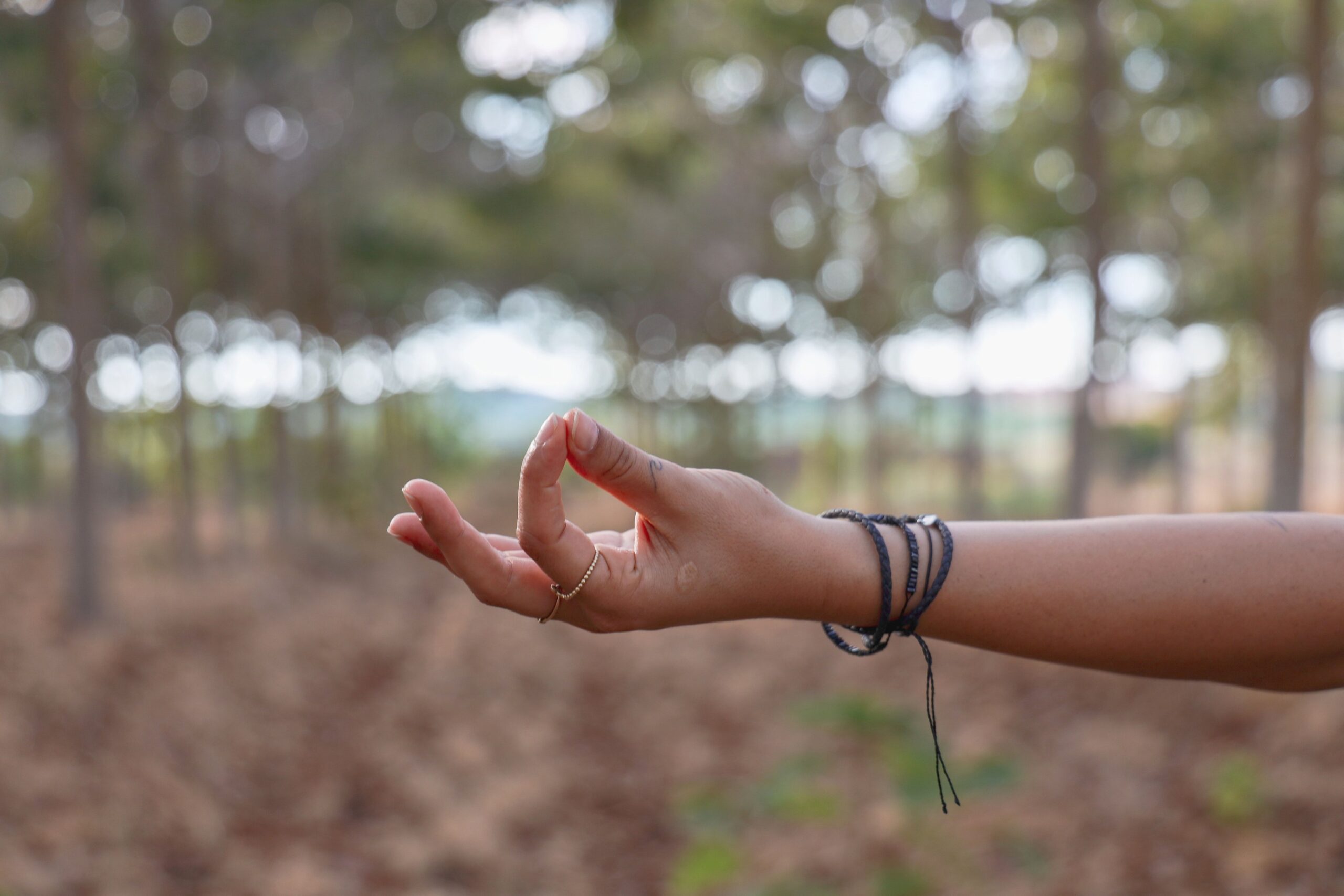Meditation and its methods

Meditation has become one of the most popular ways to reduce stress and relax. It is a continuous process aiming to focus the mind and direct the thoughts. By practicing meditation, you can learn to calm the body and mind, and physical and emotional stress will gradually decrease. It will help you feel better, recover and face everyday challenges more calmly. Research shows that after just a few weeks, regular meditation can provide even more benefits, such as enhanced immunity, a more positive attitude and mood, reduced anxiety, slower heart rate and breathing, increased creativity, and better sleep.
What is meditation?
A common feature that unites many different meditation techniques is the non-judgemental acceptance and release of thoughts as soon as they appear. You may find it helpful to focus on a single sound (for example, “ooommm”), your breathing, or counting. Quiet and private space during meditation can help to focus. A meditation session usually takes between 5 and 20 minutes, uninterrupted by any distractions. For beginners, it is important to meditate regularly. In this way, meditation will naturally become a daily habit that you will continue for a long time.
How to motivate yourself to meditate?
Have you heard of the 21-day rule? For a new activity to become a habit, you must practice it without a break for 21 days.
💡 Print out a monthly calendar and check off the box daily. Tracking and seeing the results can boost your motivation.
💡 Try to meditate in the morning, usually, willpower is at its highest at that time, and you will be able to feel the effect throughout the day.
💡 While forming the habit, don’t forget to reward yourself.
💡 After meditation, make your favorite tea, dance, smile, or listen to your favorite song.
Ways to start meditation
Relax your body and sit comfortably. Start with a 5-minute meditation and focus on your breathing. If you notice your thoughts drifting, try to bring them back to your breath. A tip: count your breaths. Inhale and mentally count “one”, exhale – “two”. As soon as you feel that your meditative state is interrupted by extraneous thoughts, start counting again from the beginning. Remember that there is no wrong way to meditate – any meditation is better than none.
#1 // Empowering meditation
It’s an uplifting and energizing combination of relaxation and living in the present moment.
Stand up. The back should be straight, the chest should be open, and the shoulders – slightly pushed back. The position when you stretch and stand up with dignity can give a surge of vital power itself;
Take three deep breaths and exhale. Feel the air going in and out of your body;
Place one hand on your chest and the other on your stomach. Feel that you are inhaling into your stomach. Try to keep the hand on your chest almost motionless;
Exhale slowly through your mouth. Focus on all the physical senses;
Imagine that you are inhaling energy or light with the air you inhale;
Keep a light smile on your face throughout the empowering meditation;
As soon as any extraneous thoughts appear, refocus your attention on the meditation again.
Finish the meditation after 5 – 10 minutes. Then slowly open your eyes.
#2 // Gratitude and body awareness meditation
The foundation of this meditation is being aware of your body.
Lie on your back in a quiet, warm place where you are comfortable;
Feel your breath. As you breathe, tune into each of your physical sensations;
Consecutively focus on all the sensations in your body, starting from the head;
Feel any tension in every part of your body. Imagine the inhaled air moving in and out of the tense area, relieving the tension. If the tension does not dissipate fully – “travel” to another body part;
Focus on the things you are grateful for. What is good in your life? Take a few minutes to reflect;
Complete the meditation by inhaling and exhaling deeply three times. Stand up slowly. If you want, work out or stretch before tackling the rest of the day.
#3 // Grounding exercise
This short meditation is a simple way to bring ourselves back to the present moment.
You can practice this meditation anywhere you can sit down and take 3-5 minutes to yourself. Sit comfortably but preferably so that the spine is straight and the soles of both feet rest firmly on the ground. Ask yourself the following questions in your mind and answer them:
🌱 What do I see?
🌱 What am I hearing?
🌱 What sensations do I feel in my body?
🌱 What am I thinking?
Then start again from the beginning. Spend 3-5 minutes on it. Don’t be surprised if you feel uncomfortable or anxious or if the exercise seems strange the first time. The most important thing is to continue this exercise for some time because then you will be able to experience its benefits.
Try other stress management and relaxation techniques: Visualization method or Drawing therapy.
Want to learn more about stress management and mental well-being? Reach out to our team and get a free consultation now.
